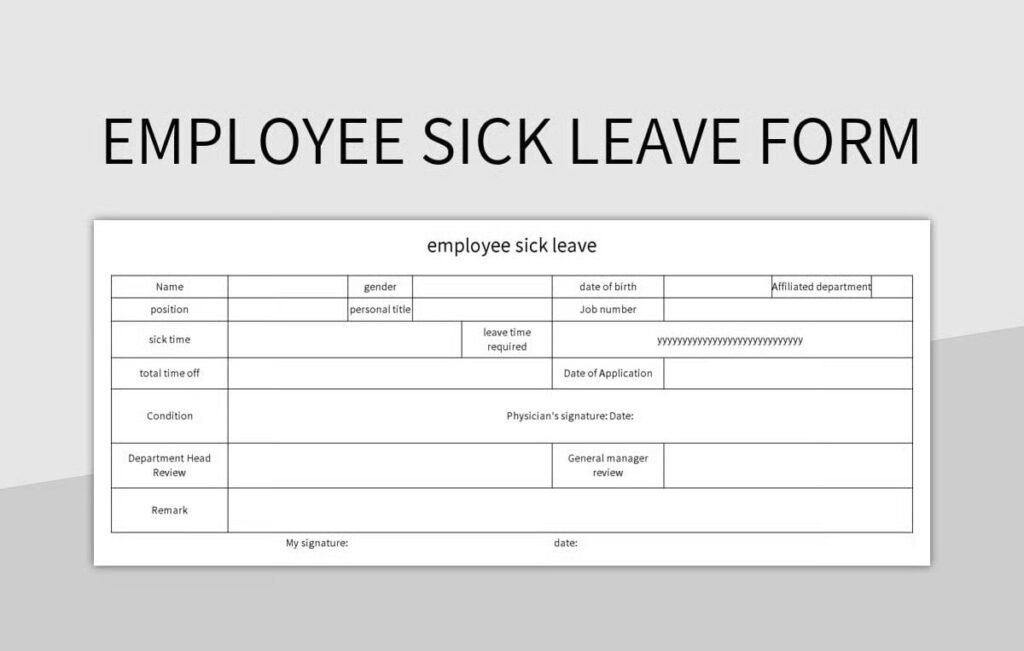Carpet stains can be a nuisance, but with the right solvents and techniques, you can effectively remove them and restore your carpet’s pristine appearance. Here are some effective remedies using solvents for common carpet stains:
Table of Contents
White Vinegar Solution
Ideal for: Light stains such as coffee, tea, or juice.
How to Use:
- Mix equal parts white vinegar and water.
- Apply the solution to the stain using a spray bottle or damp cloth.
- Blot the stain with a clean cloth until the stain lifts.
- Rinse with water and blot dry.
White vinegar is gentle yet effective for breaking down stains without damaging carpet fibers. It also helps neutralize odors.
Rubbing Alcohol
Ideal for: Ink, paint, or nail polish stains.
How to Use:
- Dab a small amount of rubbing alcohol onto a clean cloth.
- Blot the stained area gently, starting from the outside and moving inward.
- Repeat until the stain is lifted.
- Rinse with water and blot dry.
Rubbing alcohol helps dissolve stains like ink or paint effectively. Always test on a small, hidden area of the carpet first to ensure it doesn’t cause discoloration.
Hydrogen Peroxide
Ideal for: Blood, wine, or chocolate stains.
How to Use:
- Use 3% hydrogen peroxide solution (available at most drugstores).
- Apply directly to the stain.
- Let it sit for 5-10 minutes.
- Blot with a clean cloth until the stain fades.
- Rinse with water and blot dry.
Hydrogen peroxide is a powerful oxidizer that breaks down organic stains effectively. It’s important to spot-test first as it can bleach colored carpets.
Ammonia Solution
Ideal for: Tough stains such as pet urine or grease.
How to Use:
- Mix 1 tablespoon of clear household ammonia with 1 cup of warm water.
- Apply the solution to the stain using a cloth.
- Blot gently until the stain is lifted.
- Rinse with water and blot dry.
Ammonia is effective for cutting through grease and proteins in stains. Ensure good ventilation when using ammonia and never mix with bleach.
General Tips for Using Solvents on Carpet Stains
- Blot, Don’t Rub: Always blot stains with a clean cloth or sponge. Rubbing can spread the stain and damage carpet fibers.
- Work from Outside In: Start cleaning the stain from the outer edges towards the center to prevent spreading.
- Rinse Thoroughly: After applying a solvent, rinse the area with clean water and blot dry to remove any residue.
- Test First: Before using any solvent, test it on a small, inconspicuous area of the carpet to check for colorfastness and adverse reactions.
Professional Carpet Cleaning Services
For tough stains or extensive carpet cleaning needs, consider professional carpet cleaners. They have the expertise and equipment to tackle even the most stubborn stains effectively. Additionally, they offer comprehensive carpet services that ensure your carpets are thoroughly cleaned and maintained for long-term durability.
Solvents can be highly effective for removing tough carpet stains like grease, ink, and oil. Rubbing alcohol works well on ink stains, while dry-cleaning solvents tackle grease and tar. Acetone-based nail polish remover is suitable for removing nail polish but should be used sparingly. Always test a hidden area first to avoid damage. Blot, don’t rub, to lift the stain. Proper ventilation and quick action ensure safe and successful stain removal with solvents.
Conclusion
With these effective remedies and proper techniques, you can tackle carpet stains using solvents with confidence. Whether it’s coffee spills, ink stains, or pet accidents, the right approach can make all the difference in restoring your carpet’s cleanliness. For more tips and professional assistance, explore our range of carpet cleaning services at Sir CleanAlot and keep your carpets looking fresh and stain-free.




